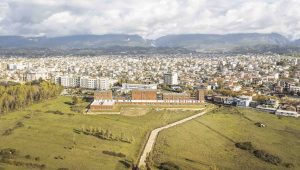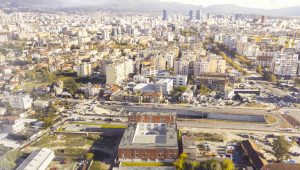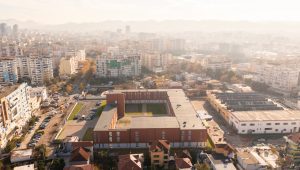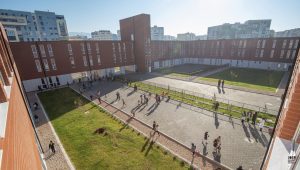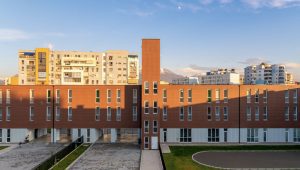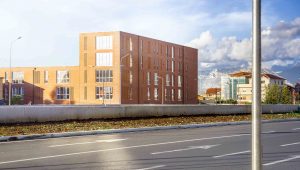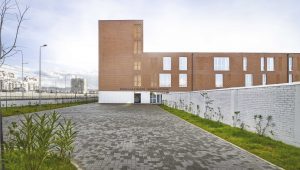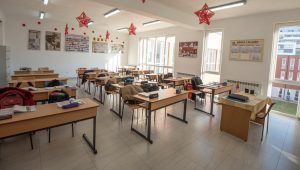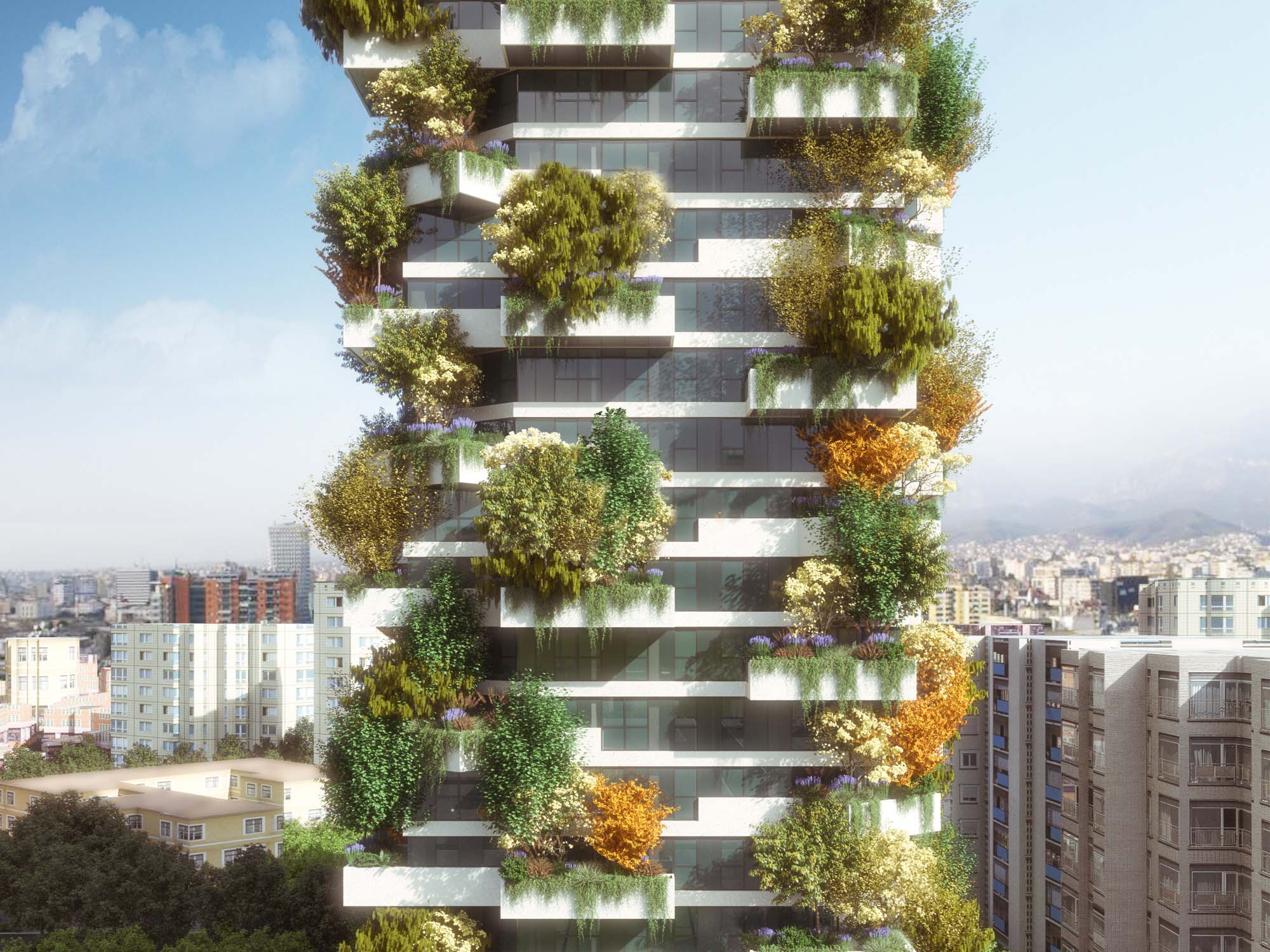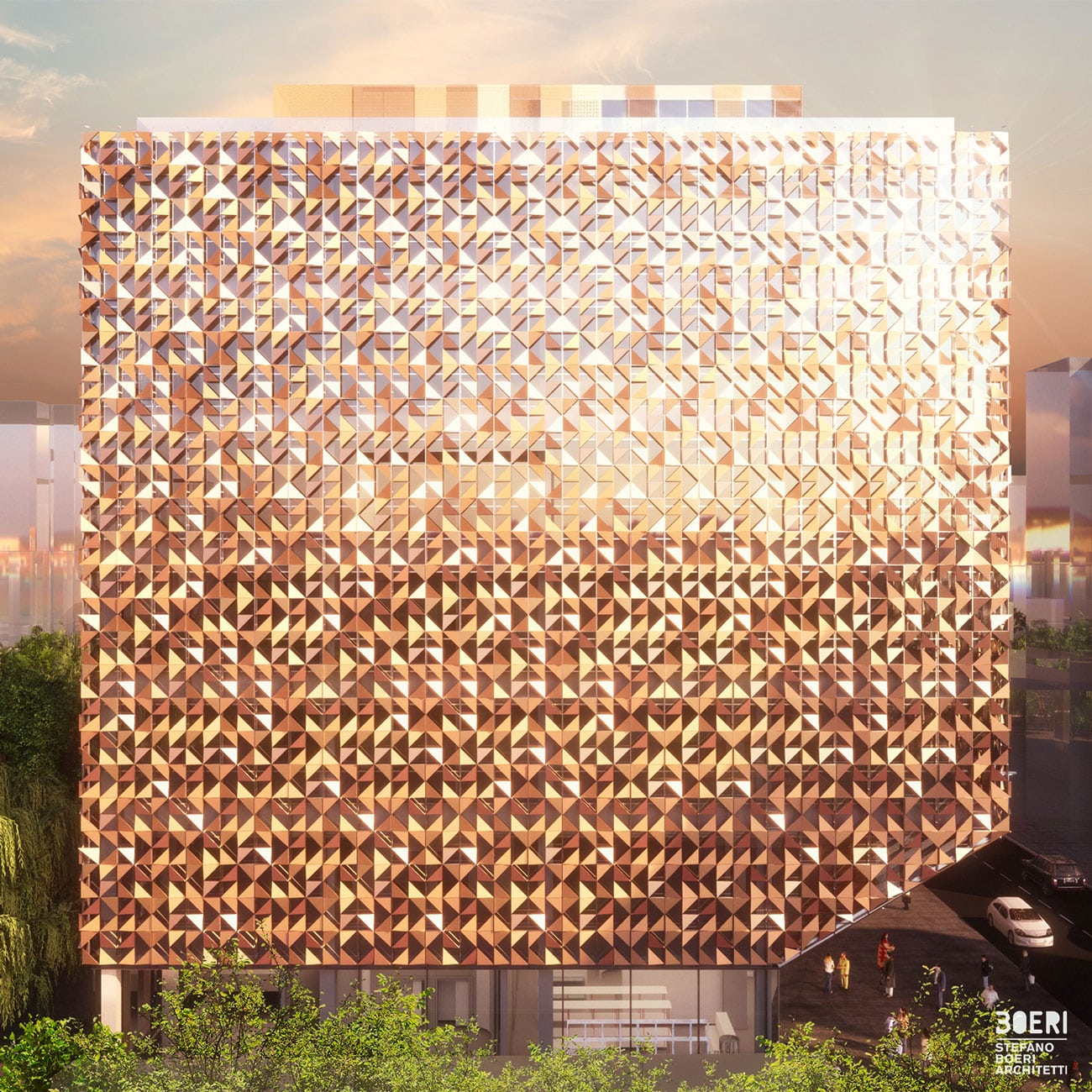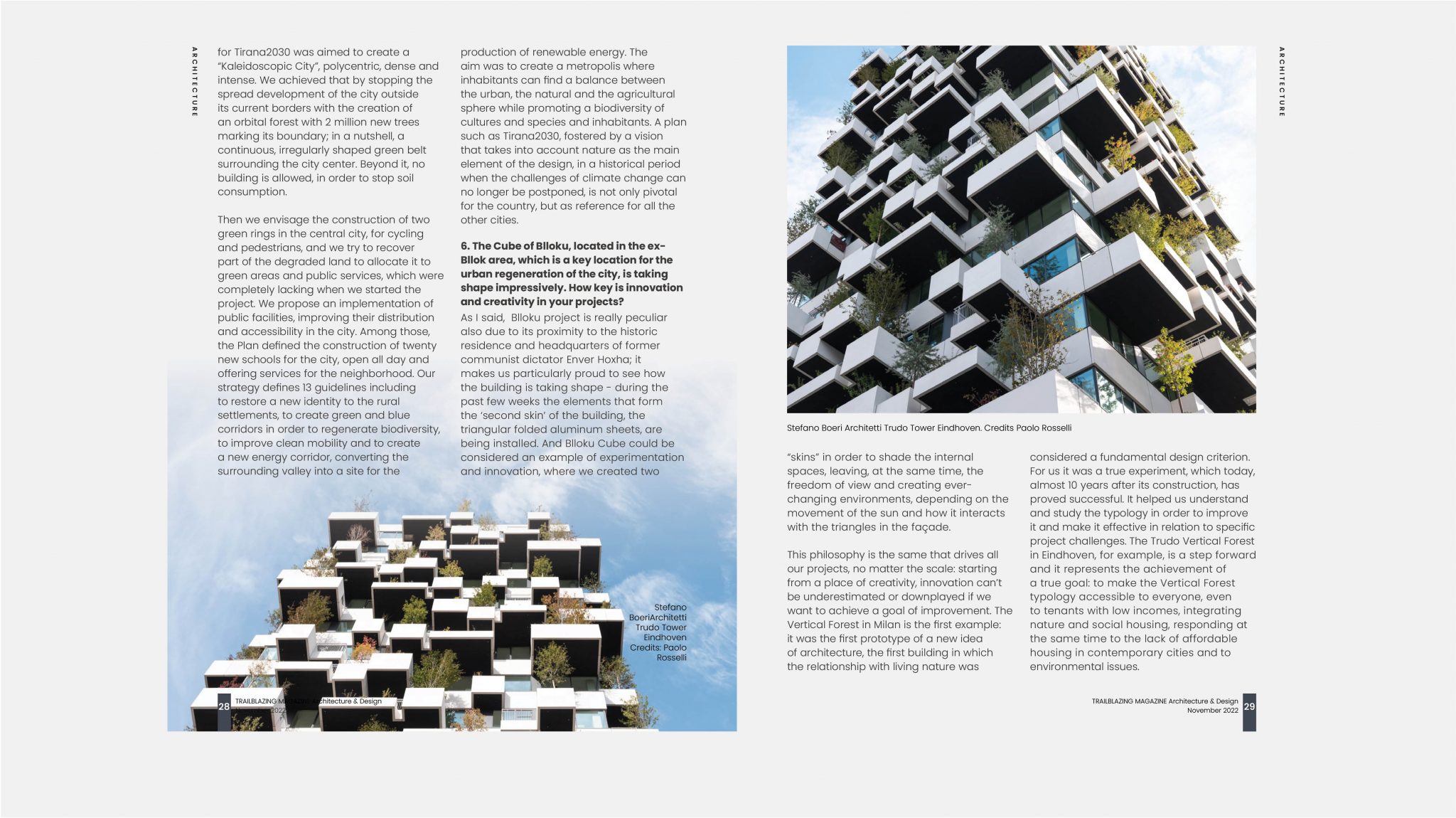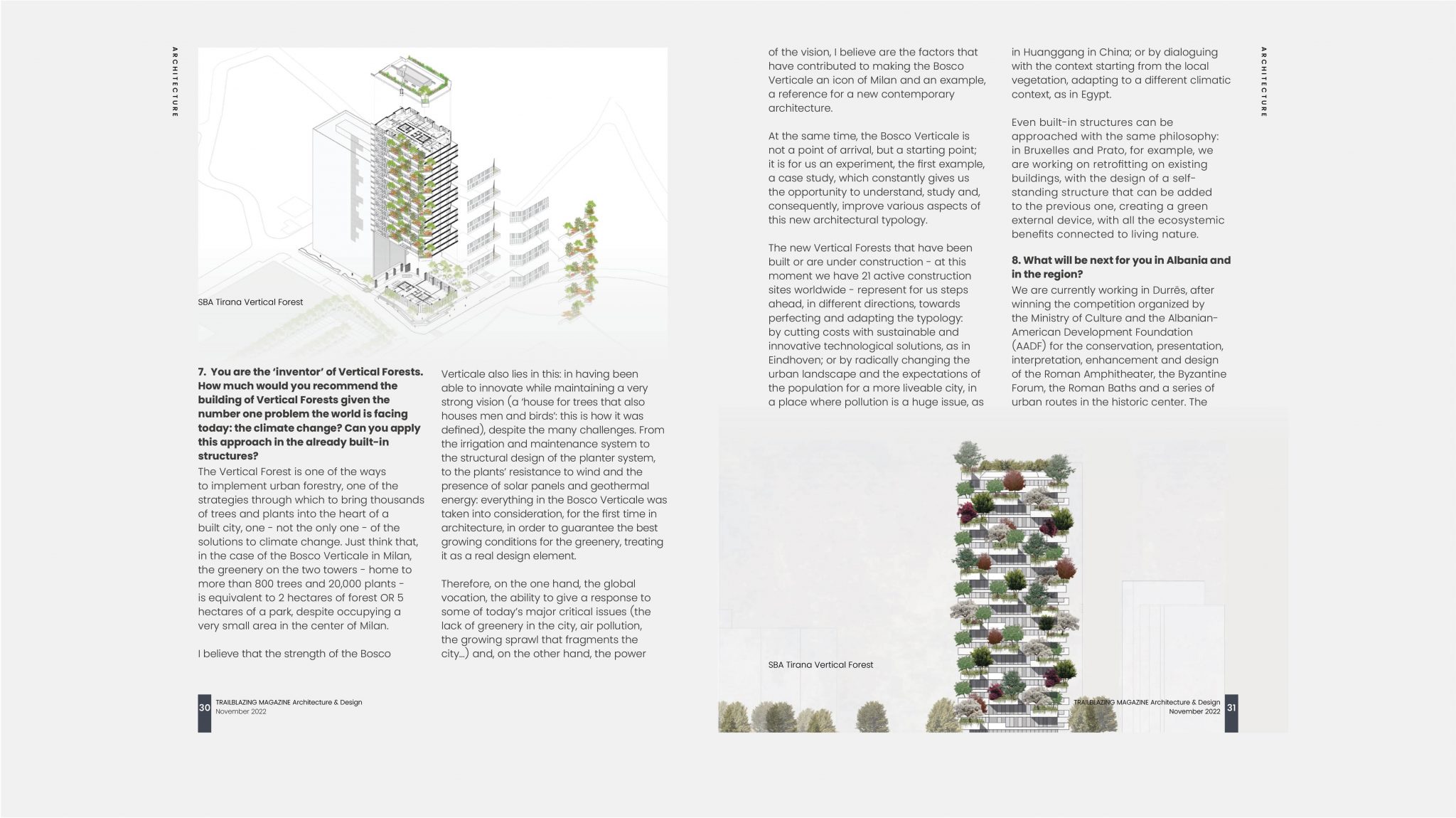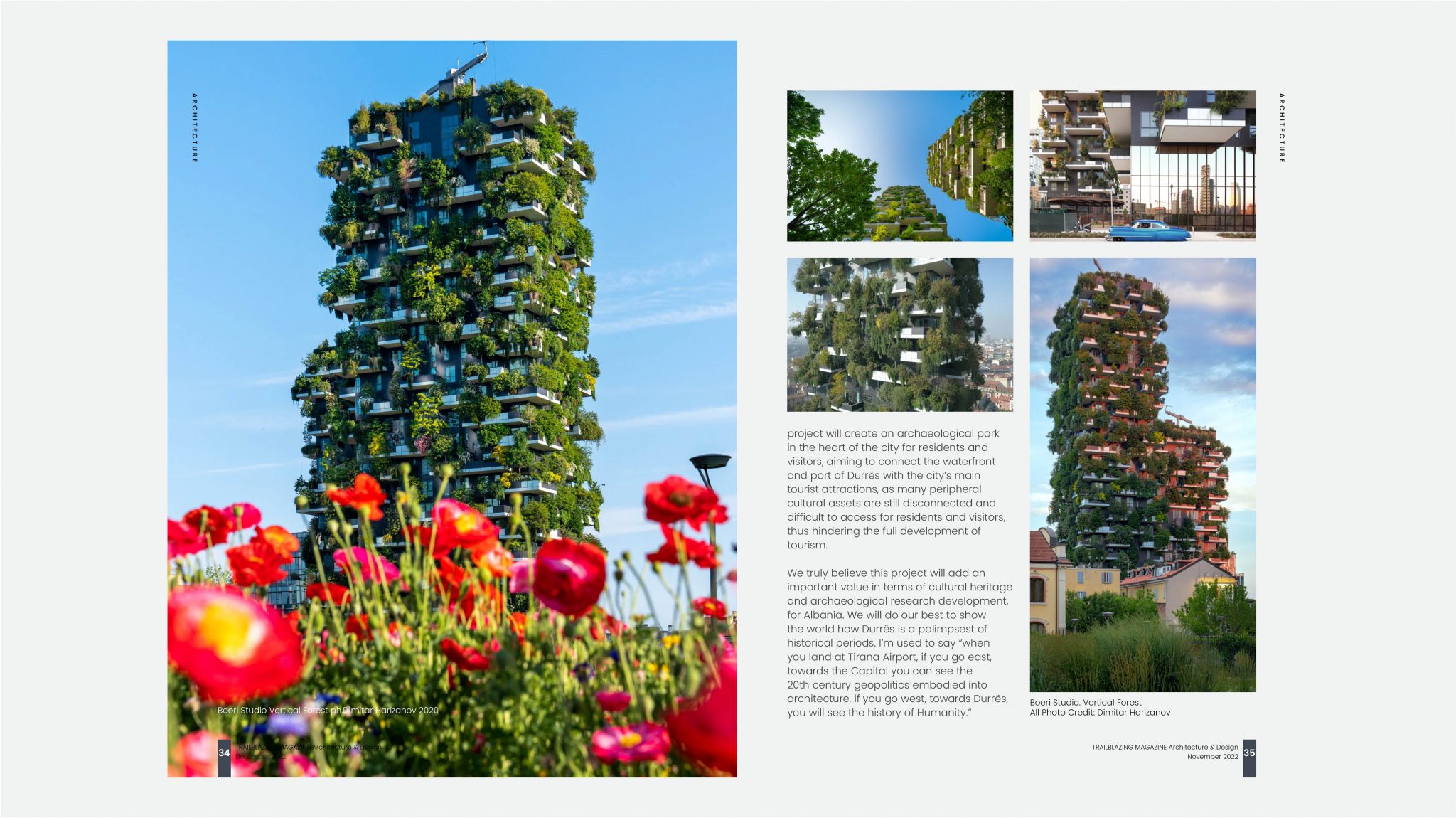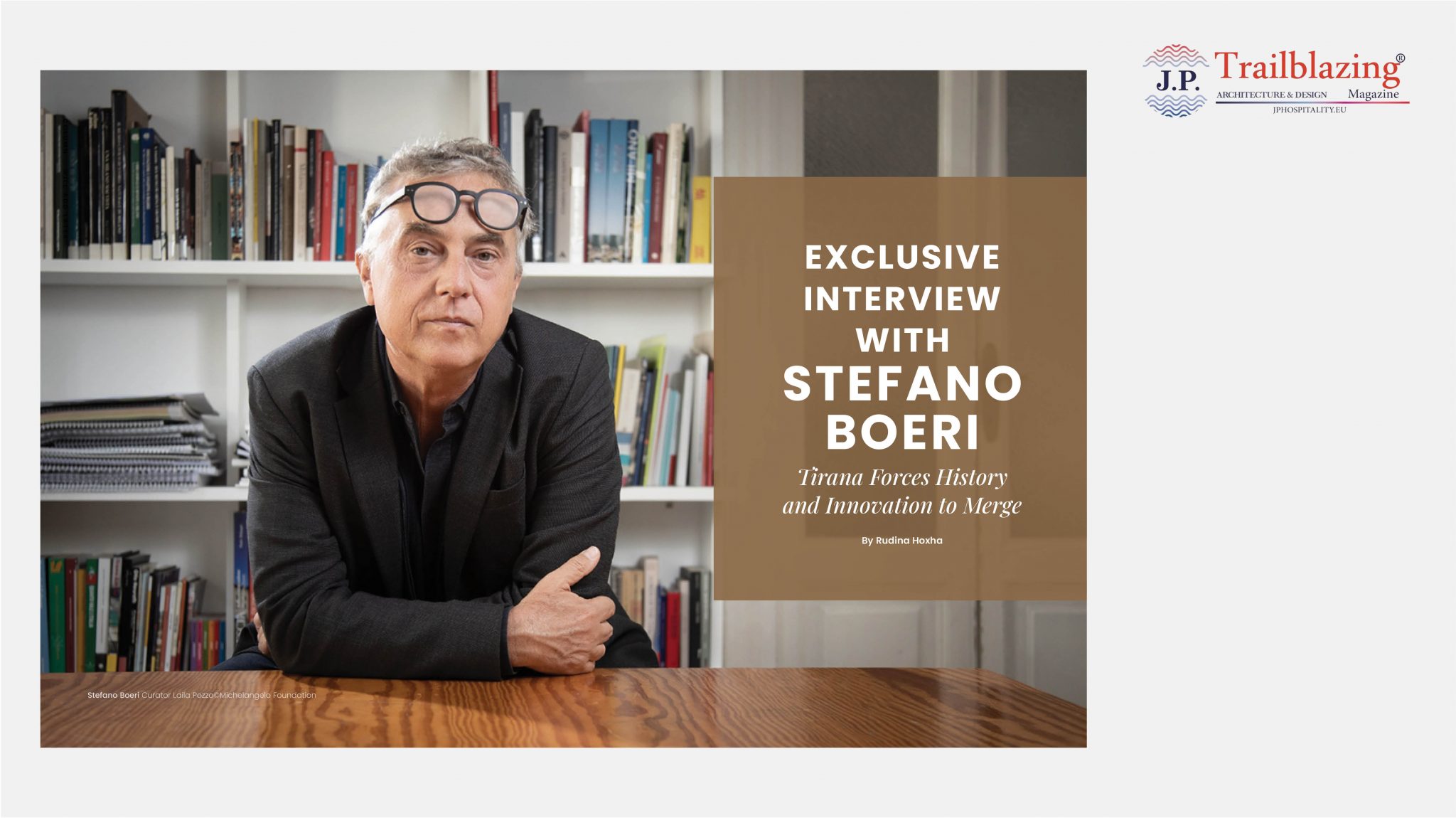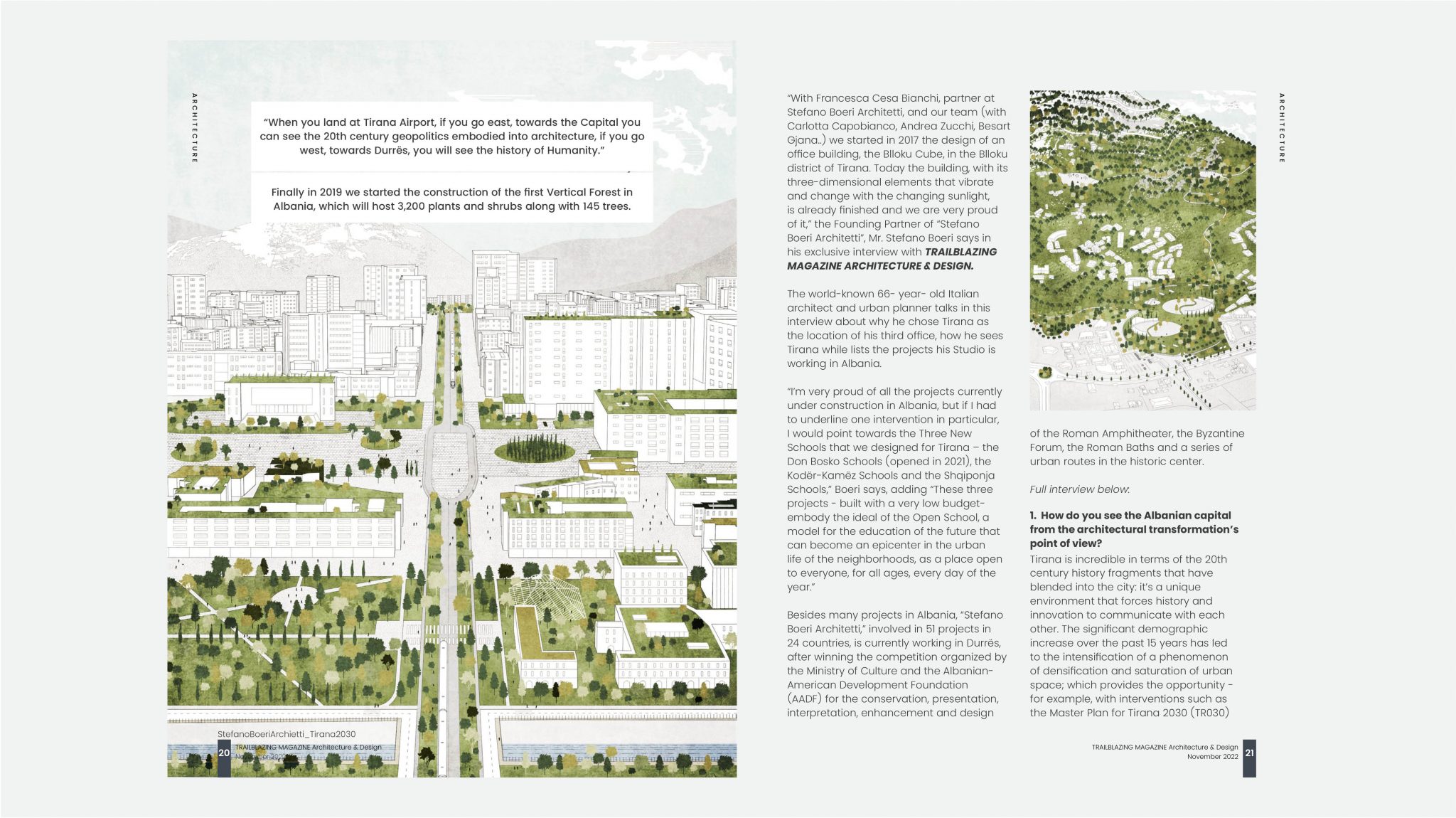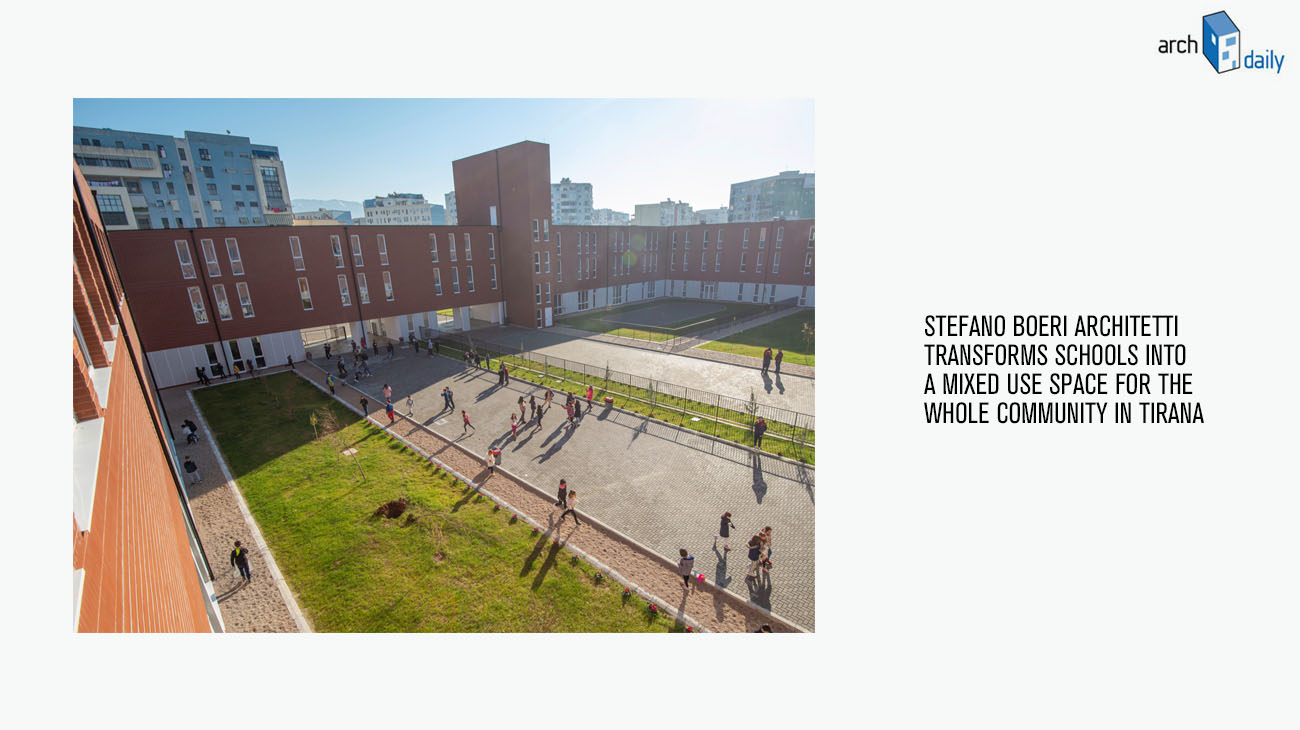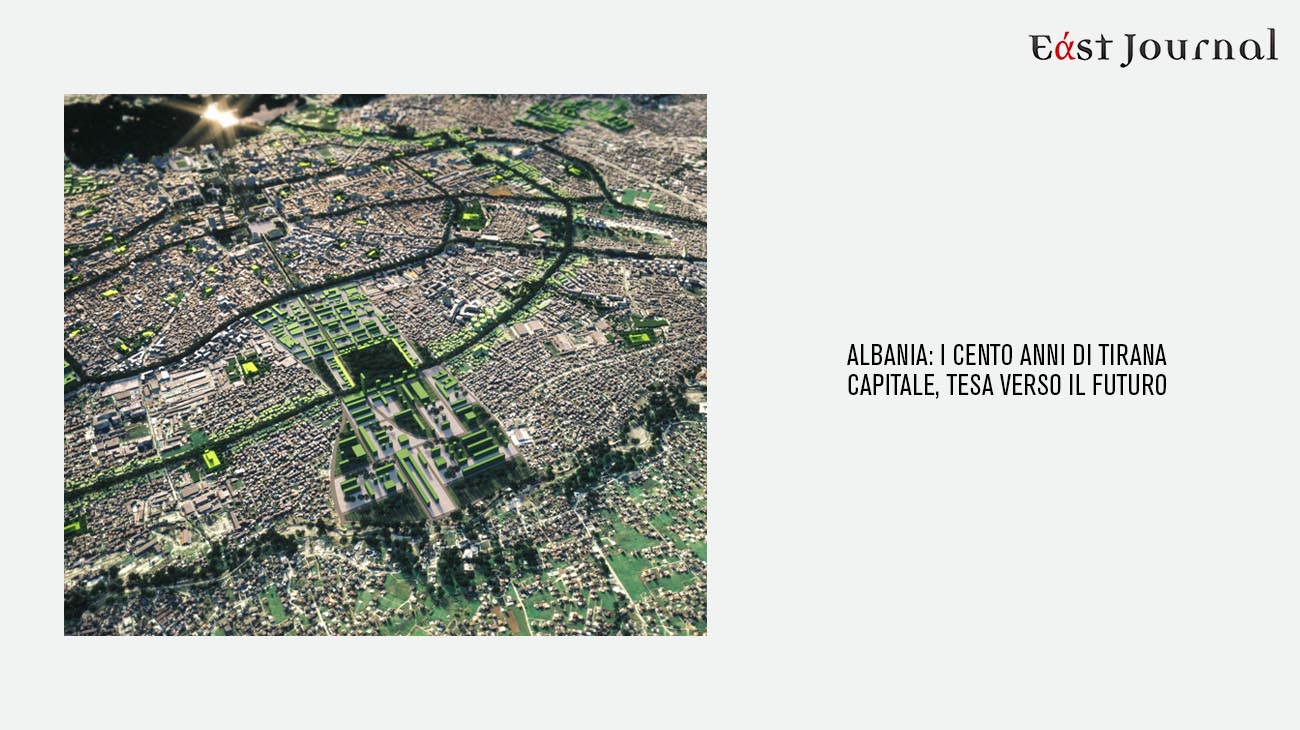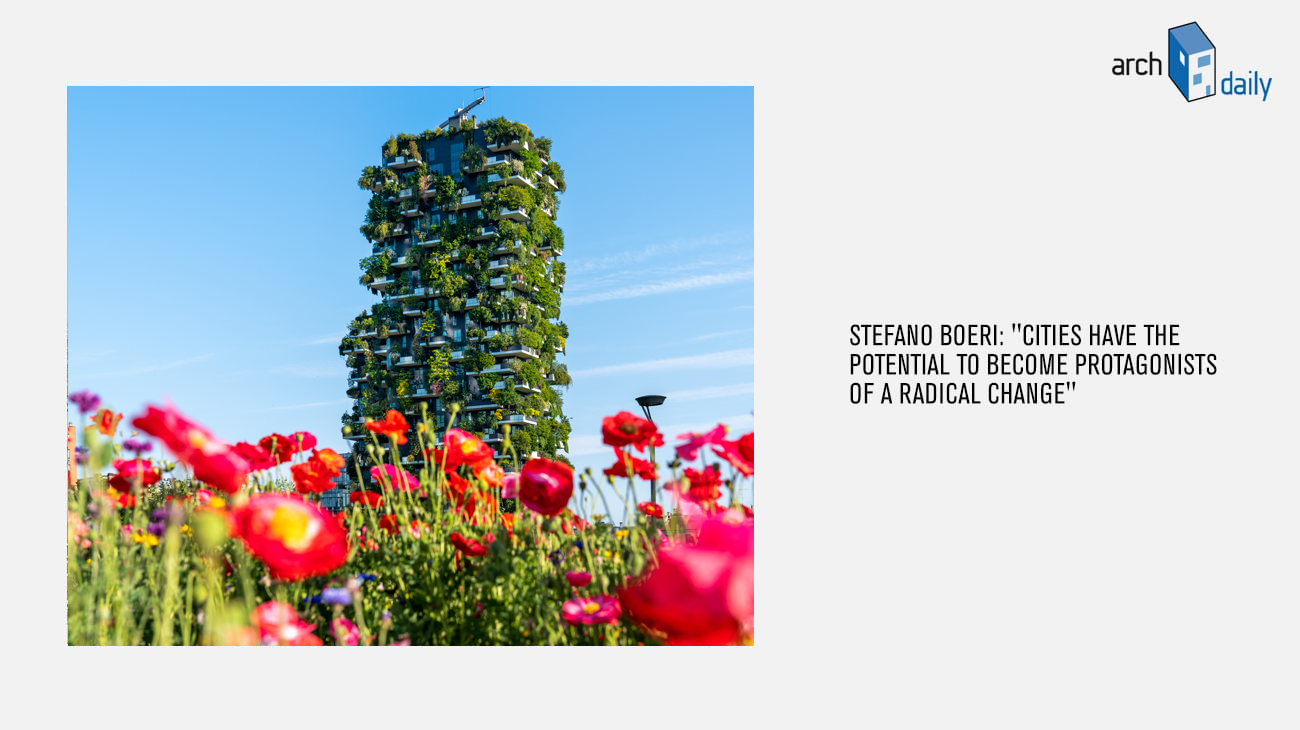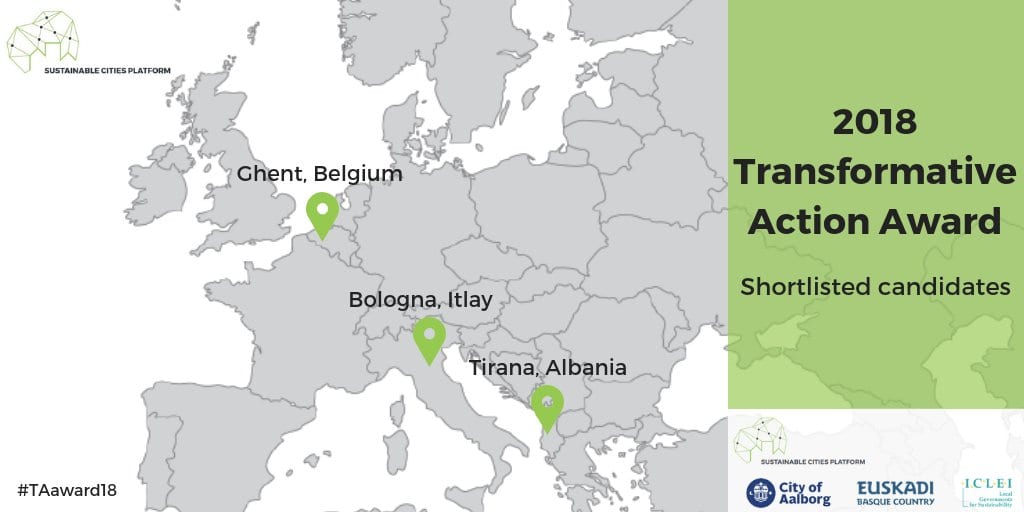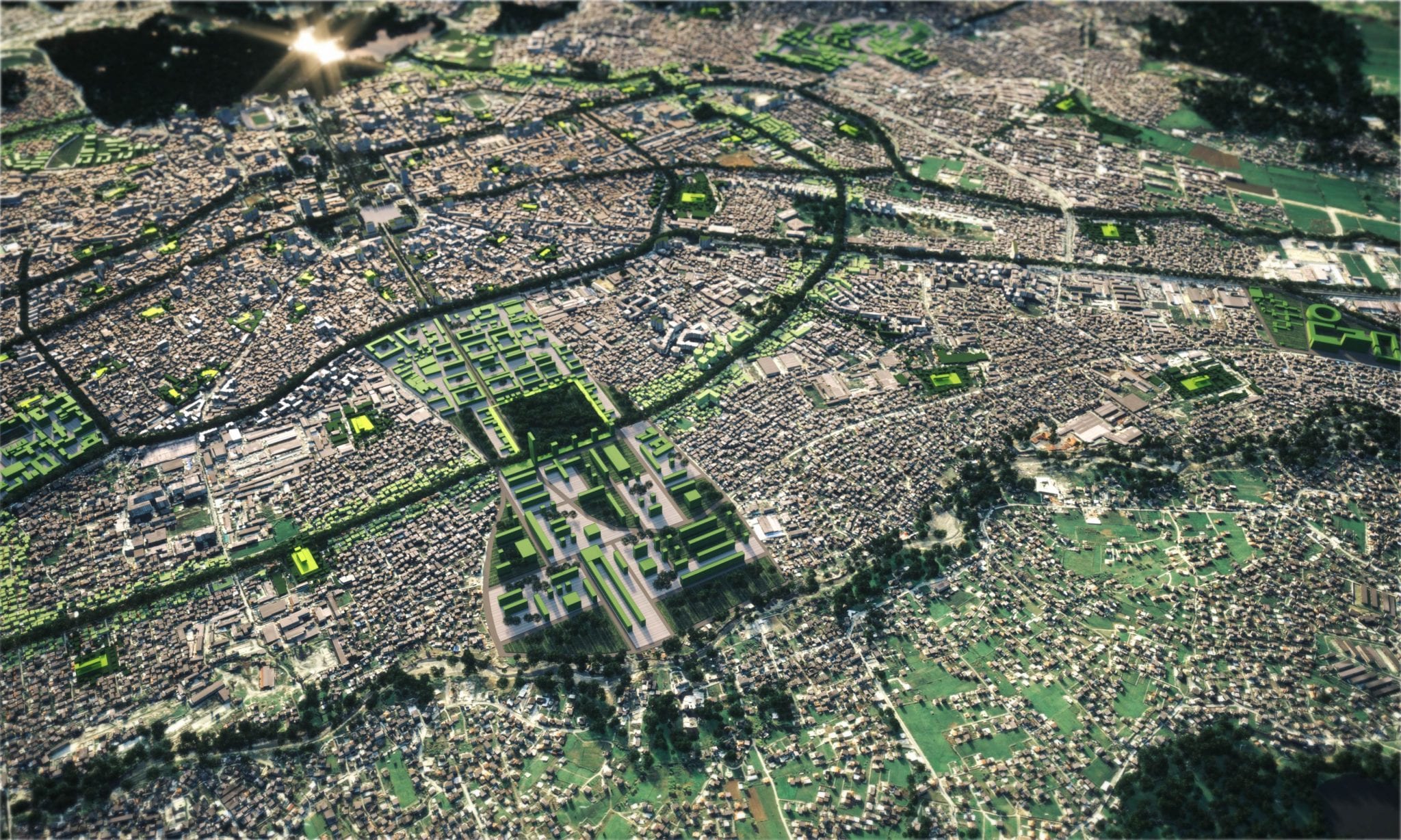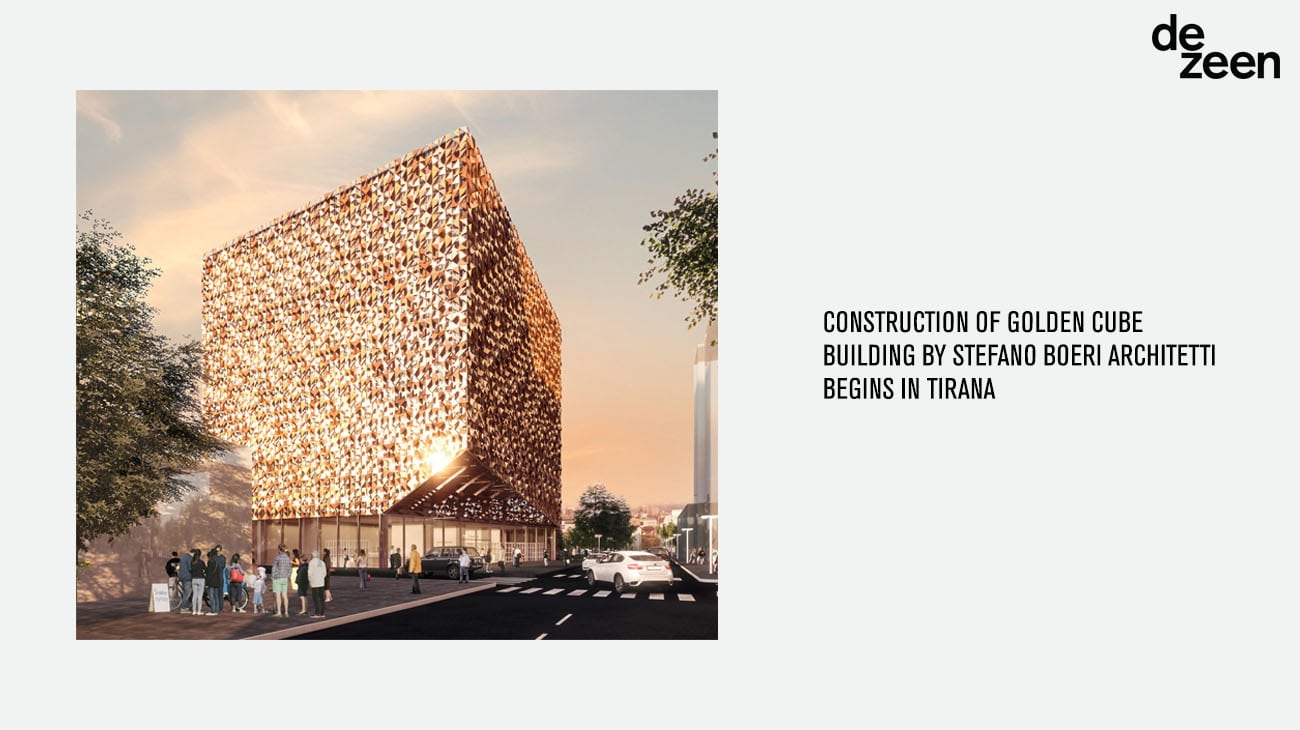Images
Project
Stefano Boeri Architetti
Location
Tirana, Albania
Year
2017 - on going
Client
PPP Agikons Construction Company – Municipality of Tirana
Typology
Architecture
Surface
Total surface: 29.609 sqm; Don Bosco School Complex: 9,812 sqm; Kodër-Kamëz School Complex: 11,898 sqm; Shqiponja School Complex: 7,898 sqm
Project:
Stefano Boeri Architetti
Founding partner: Stefano Boeri
Partner and project director: Francesca Cesa Bianchi
Project leader: Carlotta Capobianco
Team: Jacopo Colatarci, Julia Gocalek, Jona Arkaxhiu, Orjana Balla, Daniele Barillari, Moataz Faisal Farid, Yulia Filatova, Paolo Russo, Mario Shilong Tan, Elisa Versari, Mattia Tettoni, Besart Gjana
Photo: Lorenzo Masotto, Mendi Selmani
An Open School: the core of Stefano Boeri Architetti’s vision lies in the idea that the school of the future can become an epicentre in the urban life of neighbourhoods, a place open to everyone, of all ages, every day of the year. This is the concept that has guided the realisation of the three new schools designed in Tirana following an international competition promoted by the Municipality of the Albanian capital, for the realisation of the twenty new schools envisaged in the Tirana 2030 Masterplan.
With this in mind, the three school facilities – the first of which was inaugurated in December 2021 – in the neighbourhoods of Don Bosko, Kodër-Kamëz, and Shqiponja, located in the north-western quadrant of the city and designed to accommodate pupils in educational cycles that incorporate kindergarten, elementary, middle, and high school, were created.
Their construction is of significant importance for the Albanian capital, as it contributes to reducing the lack of existing school facilities and makes it possible to accommodate the almost 1,400 students in the area by overcoming double shifts, a fundamental problem of the Albanian education system.
Specifically, the Don Bosko facility includes a middle school, a high school (High school “Kristo Frasheri”), pre-school education spaces (Primary school “Vaçe Zela”) and a nursery, covering an area of 9,812 square metres. Architecturally, the project is characterised by a tower that serves as the landmark of the entire project, a secular bell tower that emphasises the public dimension and the presence of a new common space for citizens. The Kodër-Kamëz building proposes an offer of educational services similar to the Don Bosko facility, characterised by the “John F. Kennedy” high school and the “Nene Tereza” primary school, which extend over a total area of 11,898 square metres; while the Shqiponja facility (“Andrea Stefani” school), smaller in size with an area of 7,898 square metres, includes schools for pre-school education, a middle school and a kindergarten.
The new schools in Tirana also accommodate canteens, multifunctional halls, libraries and sports facilities, accessible to both the students and the community at different times, and located on the ground floor and around the perimeter of the building in order to ensure access from both the building’s interior and exterior areas. The result is a network of permeable urban spaces on the ground floors, in full dialogue with the surrounding squares, streets and parks. A true complex urban device, the school as a local epicentre is thus expressed through the activation of a new neighbourhood centrality, active as a point of reference for public life, 24 hours a day, 7 days a week, 365 days a year.
One of the goals of the Open School is indeed osmosis with the local environment, the exchange of knowledge and experience, with an important reverberation on neighbourhood life. The three new schools in Tirana manage to become both epicentres of social life and spaces of intergenerational connection. Therefore, the volumes were conceived starting from the open spaces, which were given the same relevance and importance as the interiors.
During the design process, in fact, great attention was given to calibrating the presence of traditional spaces dedicated to teaching required by the ministry – and therefore responding to the needs and indications of local regulations – with hybrid areas more suited to experimental educational systems, capable of encouraging the introduction of innovative didactic systems and inter-generational interaction between students of different ages and cycles.
For the purely didactic spaces, on the other hand, a system of classrooms with great flexibility has been conceived, which can be transformed over time and become places for both traditional lessons and workshops. In a way, designing flexible classrooms means aspiring to a different way of thinking about schooling.
In terms of construction, the buildings are characterised by a simple and functional layout, with red stoneware façades contrasting with a totally white base: a combination of materials and colours that recalls the tradition of Italian architecture in Tirana. In designing the interiors, great attention has been paid to colour – which promotes comprehension and social interaction – and natural lighting, in order to create an environment as comfortable as possible for the students.

